Considering the breadth and scope of his creative output over a long and varied career, the Southern California architect Gregory Ain (1908–88) remains relatively unknown, yet his work in the tumultuous 1930s and 1940s encapsulates the extremes of what was perhaps the most dynamic and influential era in the wide sweep of 20th-century American architecture.
Ain’s housing projects attempted to address “common architectural problems of common people.” Together with landscape architect Garrett Eckbo (1910–2000), he developed an innovative approach to neighborhood design that involved the creation of subtle forms of collective spaces in a “social landscape,” through the integration of architecture, planning, and landscape. These extremely successful yet controversial housing projects, many of which were based on the cooperative model, promoting equality and racial integration, fused Ain’s interest in radical left-wing politics and design.
Ain was known for his passionate commitment to progressive politics. J. Edgar Hoover, director of the Federal Bureau of Investigation (FBI), branded Ain “as someone engaged in subversive and dangerous political activities,” and following the anti-communist witch hunts of the McCarthy era, his professional prominence faded into near oblivion. As Anthony Denzer’s research shows, since 1944 Ain was under almost-constant surveillance by the FBI and other agencies: He was followed wherever he went, his mail and phone calls were monitored, and his name was placed at the top of the list of suspected agents to be “rounded up” and arrested in case of enemy invasion. Consequently, although he was never formally blacklisted, it became increasingly difficult for Ain to secure funding for his projects, and his work continued to be closely scrutinized for communist influence. Nonetheless, Ain steadfastly pursued his vision of a cooperative, communal approach to the postwar housing crisis, which stood in direct contrast to models promoted and underwritten by the conventional, consumer-centric, laissez-faire approach to urban development.
Consistently on the front lines in the fight against institutional racism, Ain rejected the government-imposed restrictive covenants of enforced segregation. At his unbuilt Community Homes Cooperative (1946–48) project, for example, Ain and the members of the cooperative opted to let the development fail rather than give in to the demands of the Federal Housing Administration (FHA) to ban African Americans, Asian Americans, and other minority groups from living alongside white neighbors.
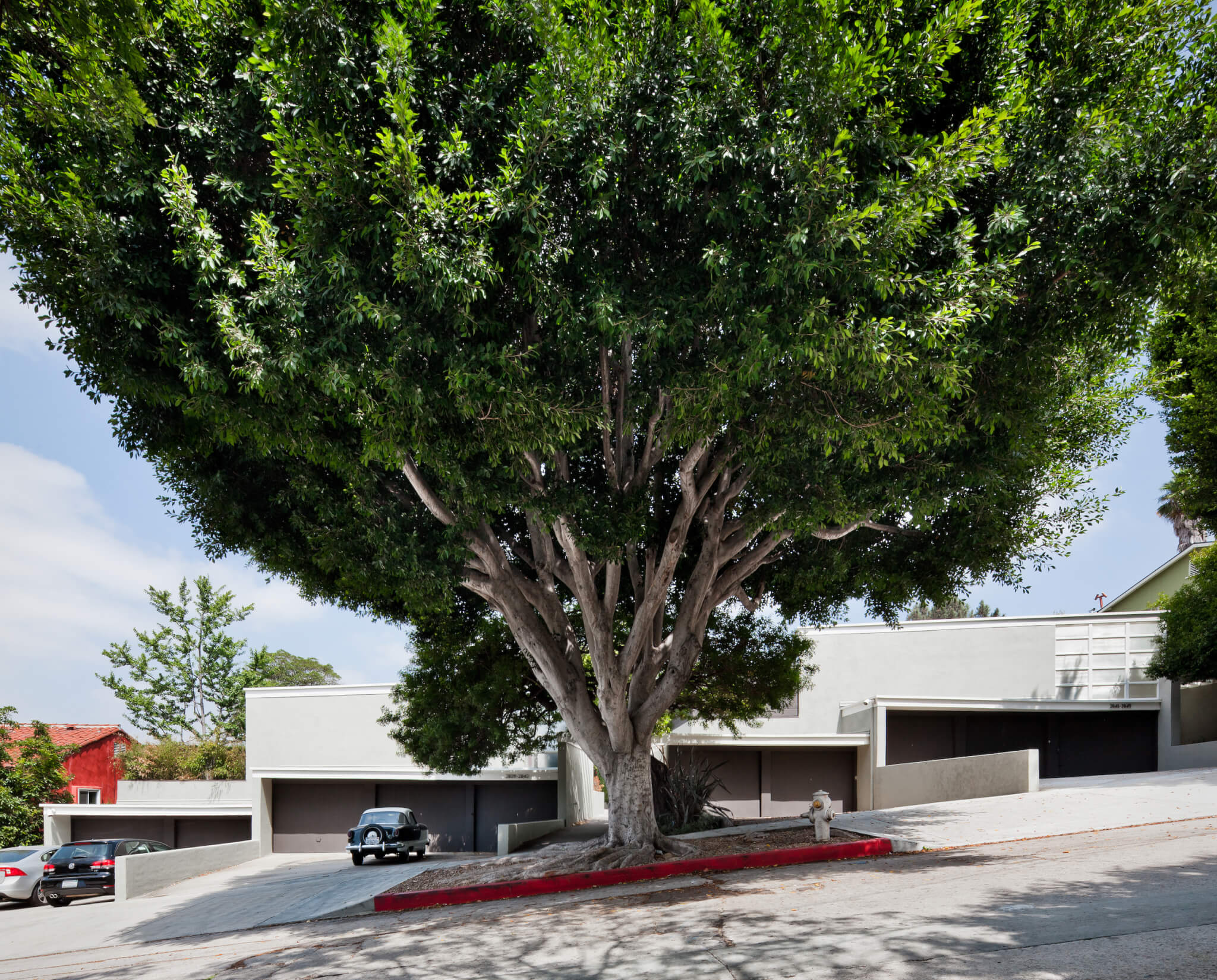
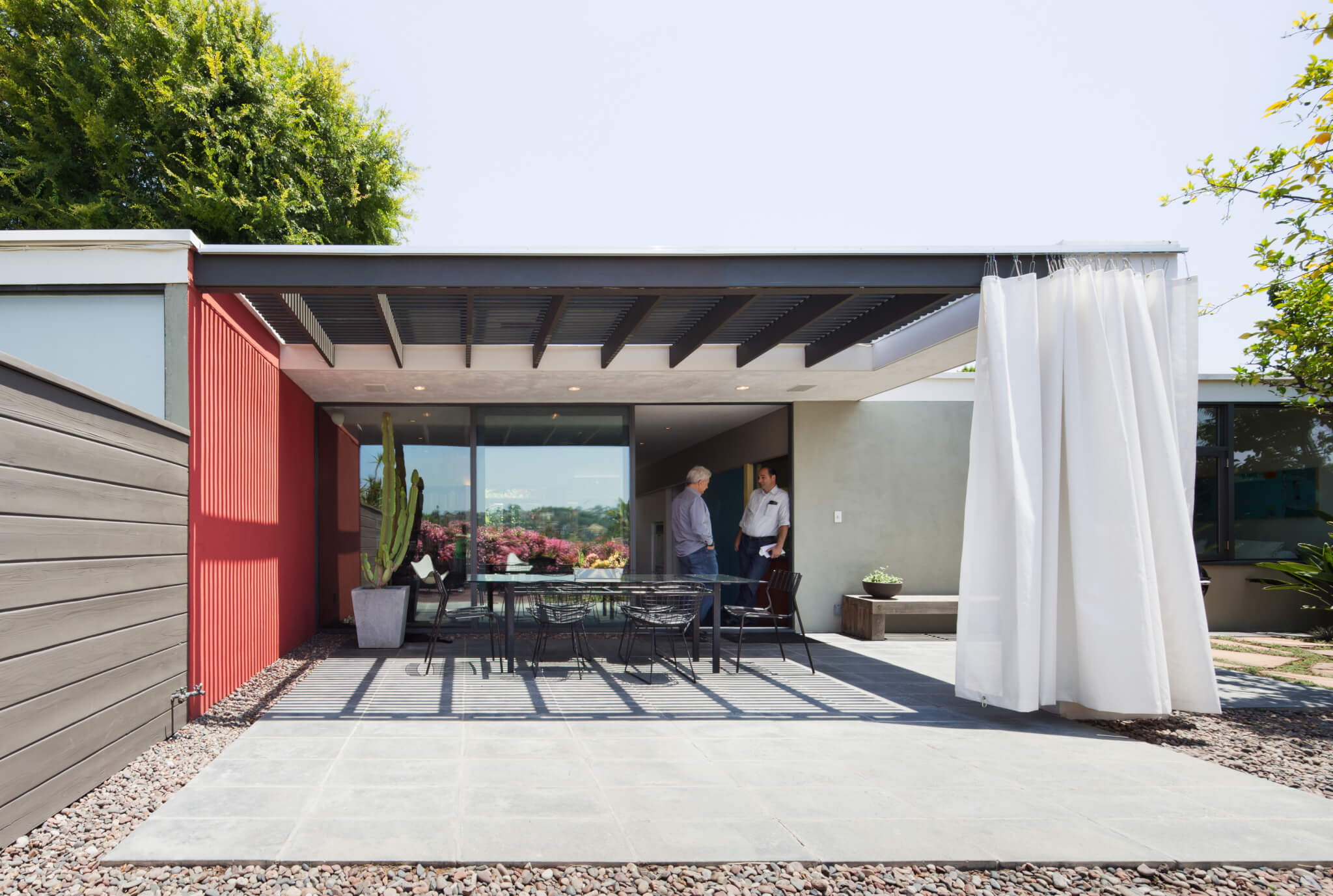
Ain also fought the underlying racism of the architectural profession. Beginning in 1939 he shared an office space with James H. Garrott (1897–1991), an African American architect with whom he formed a partnership and collaborated on numerous projects throughout the 1940s and 1950s. In 1946, Garrott became the second African American admitted to the AIA in Los Angeles, after Paul R. Williams. Garrott’s application was sponsored by Williams and Ain. The partners designed and built the Ain and Garrott Studio (1950) in Los Angeles’s Silver Lake neighborhood at 2311 Hyperion Avenue. Unfortunately, this building, which still stands, remains largely unrecognized; it deserves to be properly acknowledged as a national monument to racial equality.
Ain’s deep engagement with political issues informed his approach to architecture and planning, and his skills as a designer enabled him to articulate affordable housing in a way that satisfied residents while reflecting his progressive ideals. Throughout the 1930s, Ain experimented with developing highly efficient plans for small houses. In his proposal for the House for Modern Living competition (1935), sponsored by General Electric, Ain organized the circulation so that the entry hall provided immediate access to the living room and kitchen. In addition, he provided a playroom for children off the kitchen with folding glass panels opening to an outdoor play area on a terrace. Recognizing these features as a significant breakthrough in residential design, Esther McCoy noted, “This was one of the first acknowledgements that children in a servantless house needed play spaces where they could be watched from the kitchen.” She also pointed out that “Neutra and Schindler rarely reached the really democratic approach to the kitchen that Ain found at once.”
In subsequent designs Ain opened up the kitchen and positioned it in the main circulation of the house. This maximized the flow of space and allowed women to be more integrated with social activities in the living room, challenging the sexism of conventional gender roles of the time. Drawing on progressive feminist ideas, Ain developed a plan that sought to integrate housework and child-rearing. He reoriented the living room to face the back garden, creating a “strong relationship to the children’s playroom and outdoor terrace, allowing the children to remain in view of the mother from the kitchen.”
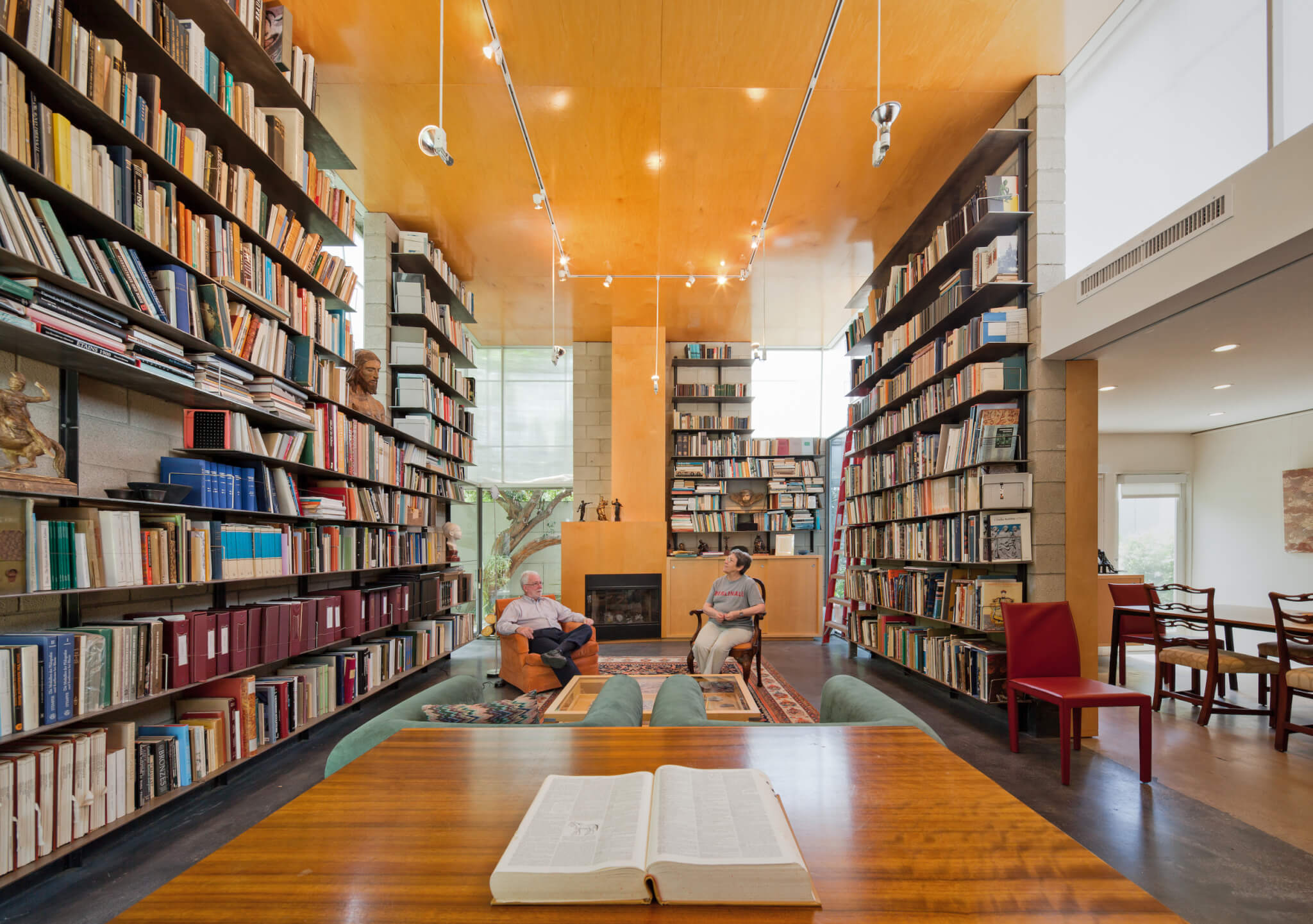
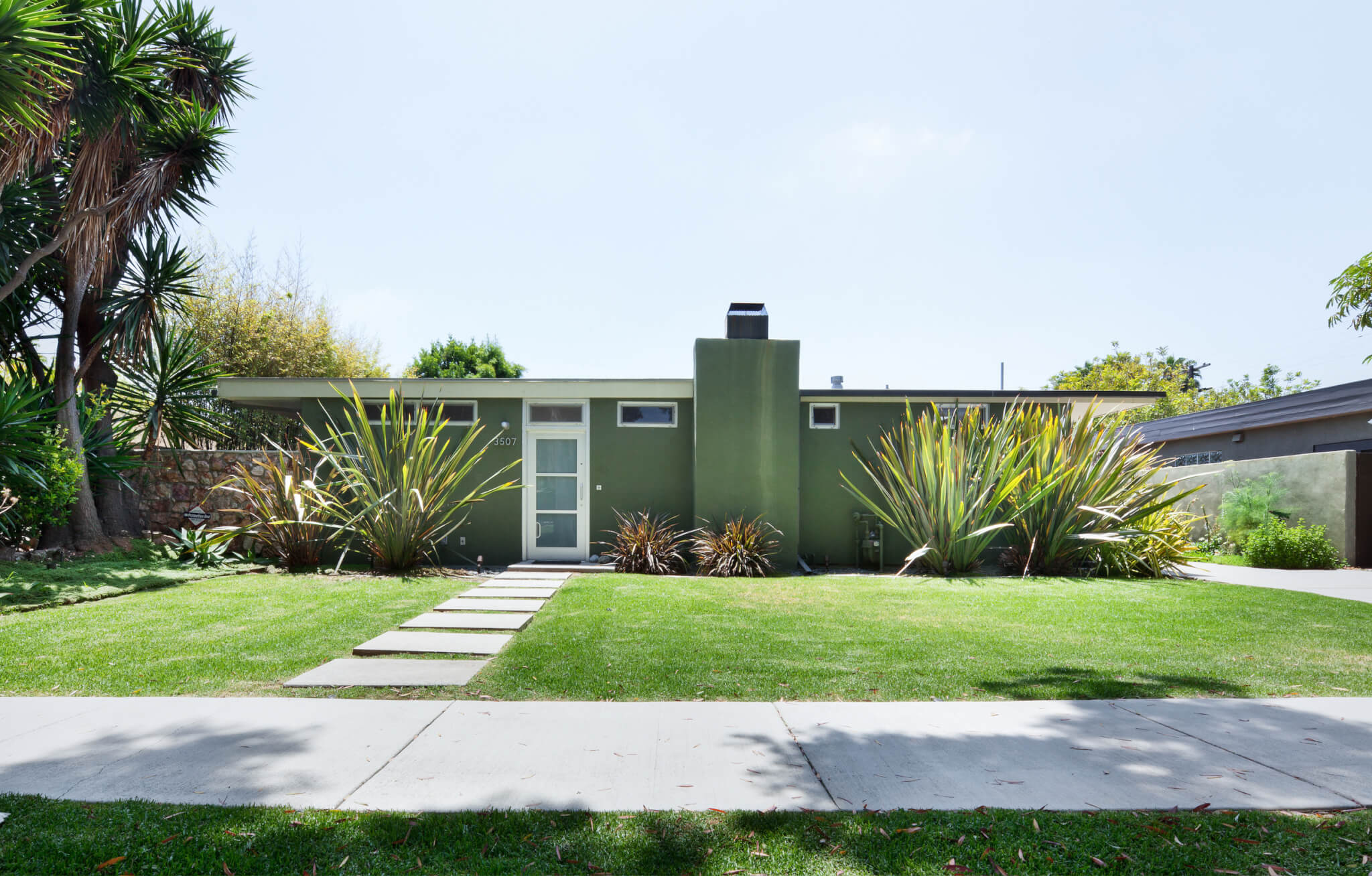
In addition to the open kitchen, one of Ain’s key innovations was the “Flexible House.” As part of a highly compact yet flexible house plan, movable partition walls allowed residents to instantly transform their houses into one-, two-, or three-bedroom units to suit each family’s needs. As families grew and their needs changed, so should their houses, Ain believed. This also reduced costs. Many modern architects insisted on total control of the built environment; Ain, however, through his notion of flexible architecture, provided choices to clients, which was part of the ethics of diversity that informed his democratic approach to design.
Like Rudolph Schindler before him, Ain experimented with ways to rationalize and simplify standard wood-frame construction. Building upon a body of practical knowledge through experimentation and refinement of construction techniques was paramount in achieving his goal of reducing the cost of houses. For example, once perfected, similar window and door details were used throughout his projects. This approach underscored Ain’s goal of addressing and solving specific problems rather than pursuing arbitrary expressions of uniqueness. Ain consistently argued that his architectural designs were “always intended to be a precise solution to prior stated problems, rather than Architecture.” He was well aware, and seemed prepared to accept, that the result of this approach had “far less ‘eye-appeal’ than contemporary work which may have had a different motivation.” This attitude helps explain why his work often displayed an extraordinary combination of innovation and convention.
The McCarthy hearings signaled the end of a progressive era in the United States. After a partnership with Joseph Johnson and Alfred Day dissolved in 1952, Ain began teaching in the School of Architecture at the University of Southern California. As collective living, public housing, and planning were increasingly discredited by right-wing politicians and the mainstream media, innovative low-cost housing practically disappeared from the architectural agenda in the following decades. From 1963 to 1967, Ain served as dean of the School of Architecture at Pennsylvania State University and published two significant articles on the theory of architecture and the state of architectural education. Following a “nervous breakdown,” he returned to Los Angeles in 1968. Ain died on January 9, 1988, as a relatively unknown architect whose work was largely underappreciated.
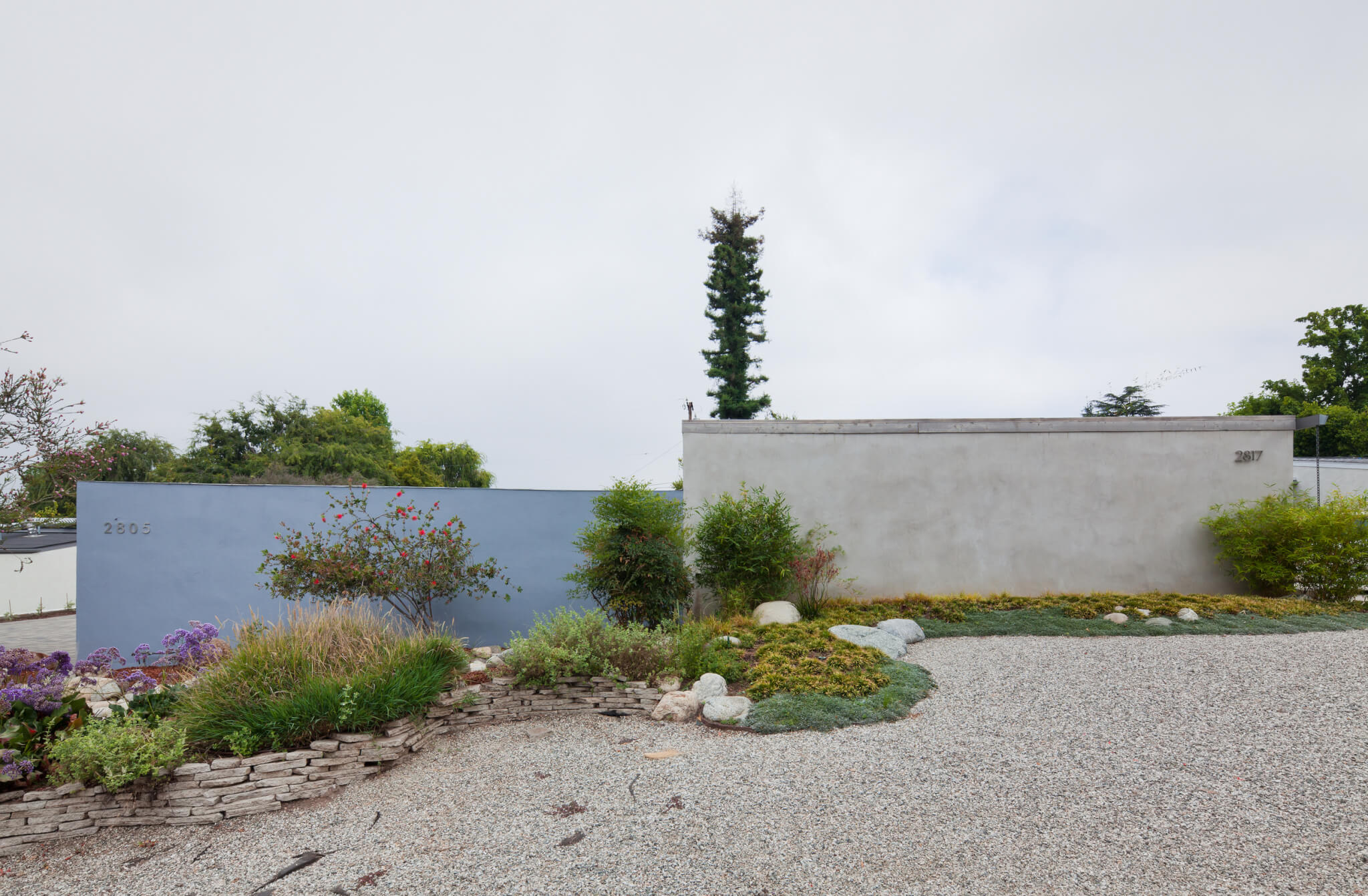
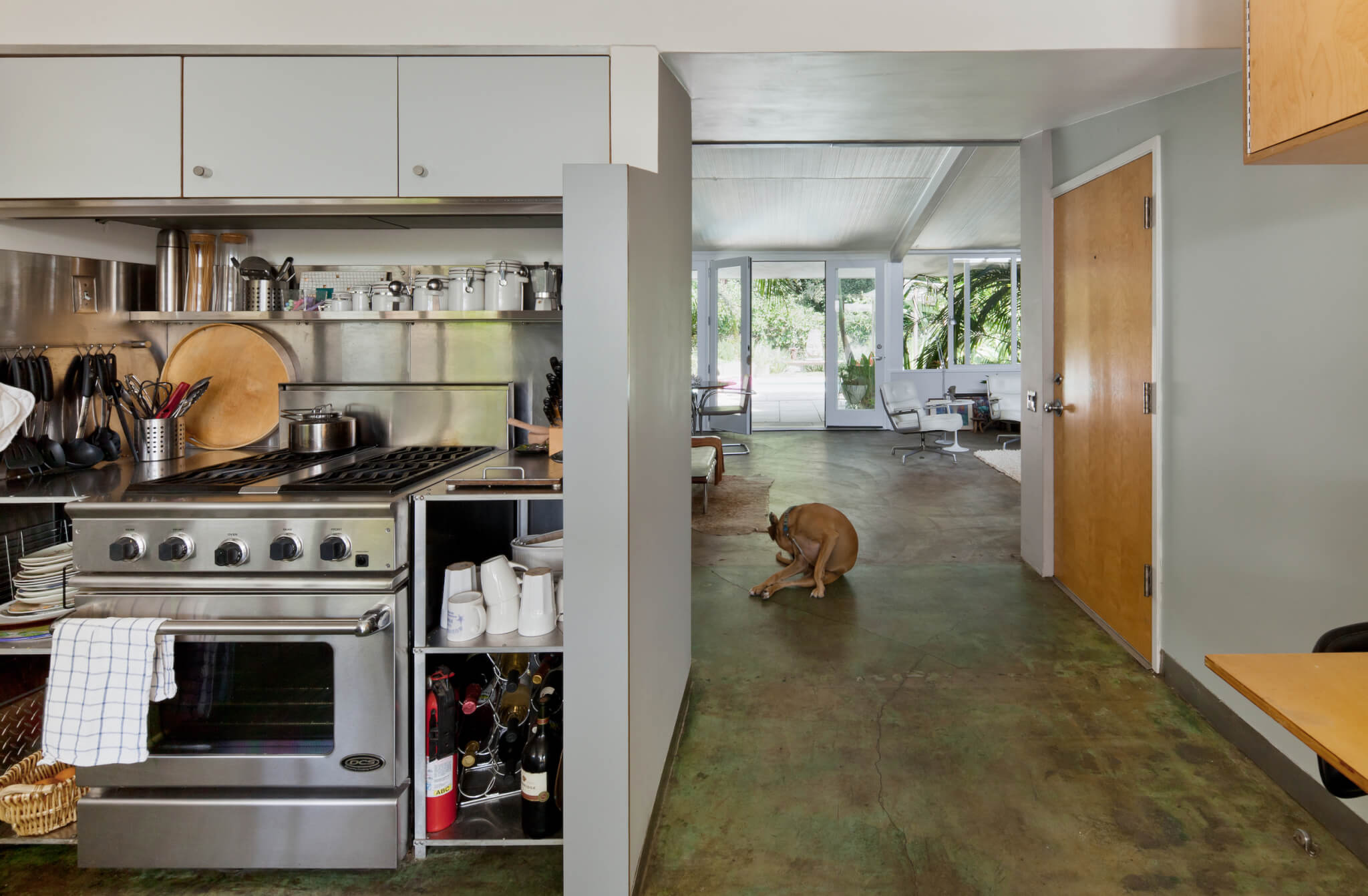
Julius Shulman acknowledged that “good design is seldom accepted. It has to be sold.” Neutra and other prominent media-savvy architects in Southern California masterfully orchestrated the reception of their work through the careful staging of photographs—“as deliberately lit as a movie set”—by Shulman, which were published in Arts & Architecture and countless other journals. Even though Ain was one of Shulman’s first clients, the job of promoting his own work appears to have been low on his list of priorities. Perhaps to his own detriment, Ain claimed, “Public Relations was never a factor in my practice, which I can illustrate by the observation that a public showing of my buildings has little appeal to me without a prior declaration of the problem to be solved. The camera has never been part of my problem.” Such disregard of the role of the media, which undoubtedly contributed to the limited dissemination of his work, must have seemed as commercially counterproductive then as it would today.
One can imagine a very different version of postwar America had Ain’s ideas been embraced rather than repressed. In contrast to racially divided urban environments and market-driven tract housing, Ain promoted affordable, well-designed, residential architecture situated in socially inclusive neighborhoods with shared amenities and active public spaces. With his interest in neighborhood planning, adaptive infill of America’s sprawling suburbs, and compact multiunit urban housing, Ain offered a cooperative vision and a compelling way forward.
After generations of architects relinquished all serious engagement with social issues, the problem may well be one of a lack of conviction to create low-cost and high-quality environments for ordinary people, a priority that has only recently been revisited in contemporary architecture. What role might Ain’s work play in instigating a renewed interest in low-cost housing as a vital and relevant means of engaging a broader audience?
If from a present perspective Ain’s politics were on the “right side of history,” in the postwar period he was perceived as a dangerous radical communist. The fantasies of endless resources, which fueled an economic system based on rampant consumption, now appear to be running their course. Given the emergence of a new generation that insists on solutions for addressing climate change and environmental devastation, it is hardly a coincidence that demands for alternative energy are accompanied by calls for a new kind of “shared economy,” based on open sources and mutual interest in the common good.
My engagement with Ain’s legacy operates with the hope that designers may be inspired not only to seek innovative solutions for creating low-cost, high-quality environments but also to address some of the more difficult questions related to inequality and segregation that continue to shape our cities.
Anthony Fontenot, architectural historian, theorist, and curator, is a professor of architecture at Woodbury University School of Architecture in Los Angeles. He is the author of Non-Design: Architecture, Liberalism, and the Market (University of Chicago Press, 2021) and editor of Notes from Another Los Angeles: Gregory Ain and the Construction of a Social Landscape, recently published by The MIT Press, from which this text is adapted.










